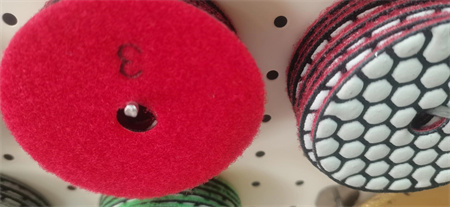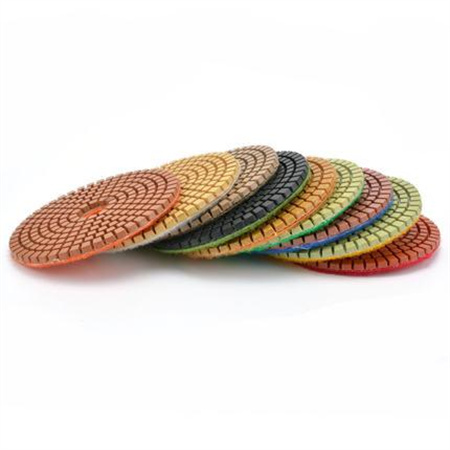How to Adapt Polishing Techniques for Soft Stones
Polishing stones is both an art and a science. It requires a keen eye, a steady hand, and an understanding of the materials you’re working with. When it comes to soft stones, such as limestone, soapstone, or alabaster, the polishing process can be significantly different from harder varieties like granite or marble. Soft stones, though beautiful and often easier to shape, can also be more prone to scratching and damage. Therefore, adapting your polishing techniques is essential to bringing out their natural luster without causing harm. Here’s how to master the polishing of these delicate materials.
Understand the Nature of Soft Stones
Soft stones have a lower hardness rating on the Mohs scale, typically ranging from 1 to 3, compared to the more common building stones that are much harder. This makes them more susceptible to abrasion and breakage, which is why it’s important to approach polishing with care. Before diving into any polishing process, take time to evaluate the stone’s texture, grain, and any natural features, such as veins or color variations. These characteristics should guide your technique and tools to ensure the stone’s natural beauty is highlighted without compromising its integrity.
Start with the Right Tools

Control the Pressure
Unlike harder stones, soft stones need to be polished with a lighter touch. Applying too much pressure can easily damage the stone, leading to scratches or even fractures. When using sandpaper or polishing pads, let the abrasive work its magic at a consistent, moderate speed. Avoid pushing too hard, as this can create uneven surfaces and damage the delicate structure of the stone. A light, circular motion with even pressure will give you the best results, as it minimizes the risk of unwanted marks and ensures a smoother finish.
Use Wet Sanding for a Smooth Finish
Wet sanding is a game changer when it comes to soft stones. The process involves using water to lubricate the sandpaper or polishing pad as it works on the surface. This not only keeps the stone cool but also helps to flush away fine particles that can scratch the surface. It’s a more controlled method that allows for a smoother, shinier finish. Be sure to keep the stone wet throughout the process, adding more water as needed to maintain lubrication and prevent the material from drying out.
Polishing Compounds and Pastes
After the sanding process, the next step is to apply a polishing compound to bring out the shine. For soft stones, a mild polishing paste that is specifically designed for delicate materials should be your go-to. Avoid abrasive compounds that are meant for harder stones, as these can be too harsh and may leave visible marks. Apply the paste with a soft cloth or felt pad, working in a circular motion to evenly distribute the compound. Be patient; this stage is where the true beauty of the stone begins to emerge.

Soft stones often have unique textures and natural patterns that should be taken into account when deciding on the final finish. Some stones, like soapstone, may have a smooth, matte finish that complements their soft look, while others may benefit from a higher gloss that showcases their natural color. Whether you prefer a satin sheen or a mirror-like finish, the key is to ensure that the final look feels natural and highlights the stone’s unique qualities. Keep in mind that soft stones, especially those with natural veins or inclusions, may not shine as intensely as harder stones, but that’s part of their charm.
Maintenance and Care After Polishing
After polishing, the stone may look stunning, but it’s important to maintain that look over time. Soft stones require more care than their harder counterparts due to their susceptibility to scratching and staining. To keep your stone looking its best, avoid using harsh chemicals or abrasive cleaning tools. Instead, use a mild soap solution and a soft cloth to gently clean the surface. Periodically reapply a protective sealant to preserve the stone’s appearance and shield it from moisture or stains.
Final Thoughts
Polishing soft stones is a rewarding process that can reveal their hidden beauty when done properly. By selecting the right tools, using gentle techniques, and understanding the unique characteristics of the stone, you can achieve a professional-quality finish that brings out its natural luster without compromising its integrity. Whether you’re polishing a piece of art, a countertop, or a decorative object, the key is patience and attention to detail. With the right approach, soft stones can shine with the elegance and charm they deserve.

